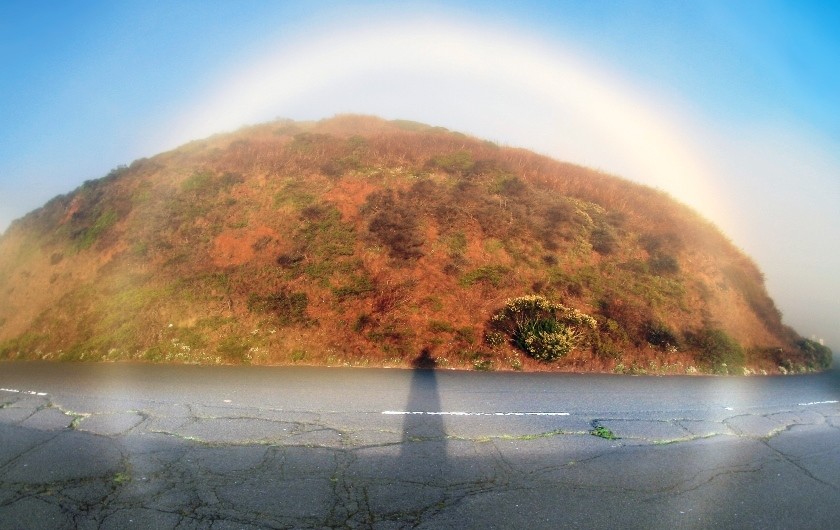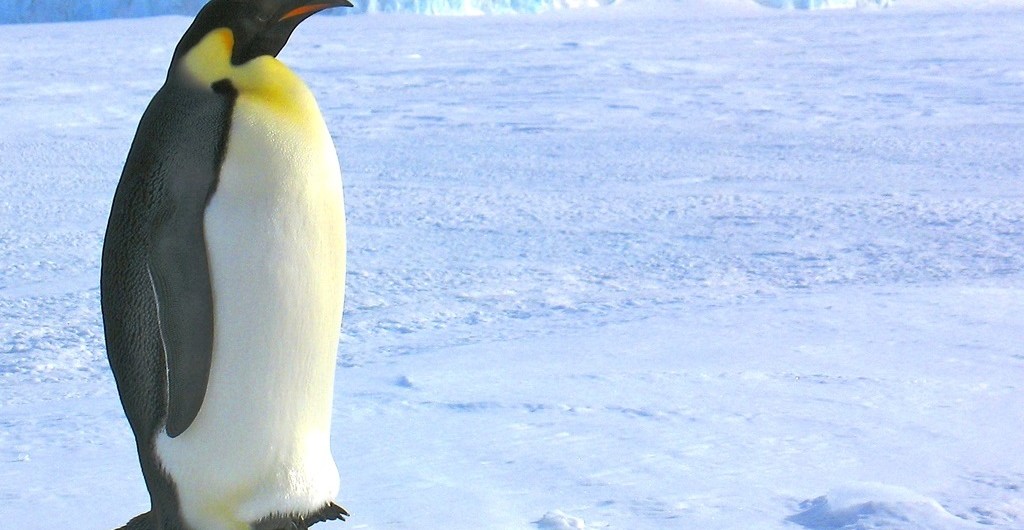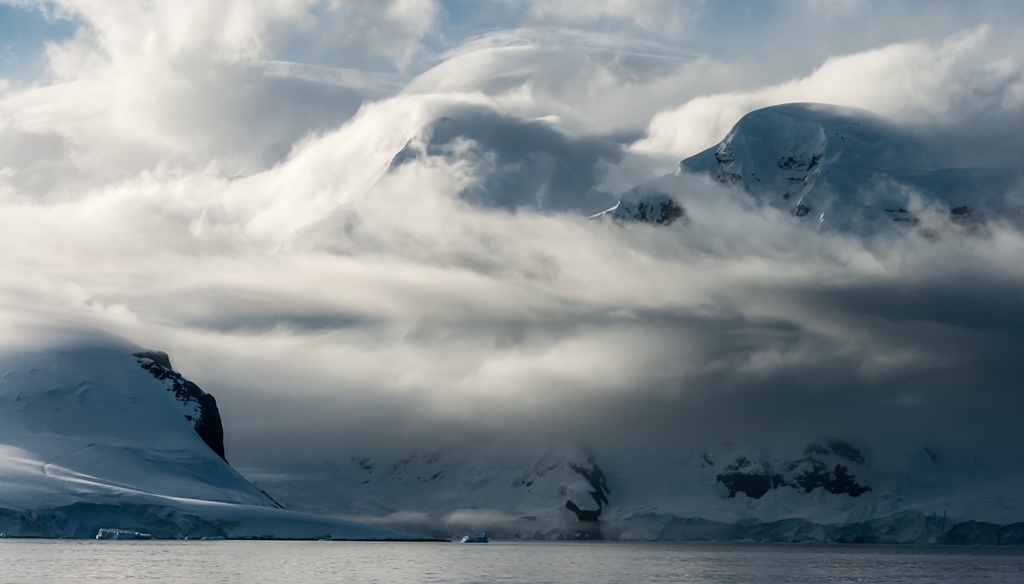The world around us is full of awe-inspiring and seemingly magical phenomenon. From stones sailing on dried mud to flowers blooming in the middle of a desert, there are many such fascinating occurrences that baffle our mind and compel us to take notice. Here are a few of such phenomenon from different parts of the world:
Flowering desert – Every few years, the barren desert of Atacama in Chile is bathed in the most beautiful colors of pink, purple and white amongst others when flowers bloom here. It happens due to a climatic process when unusually high rainfall leads to the water reaching the seeds and bulbs otherwise latent or dormant. This takes place between September and November.
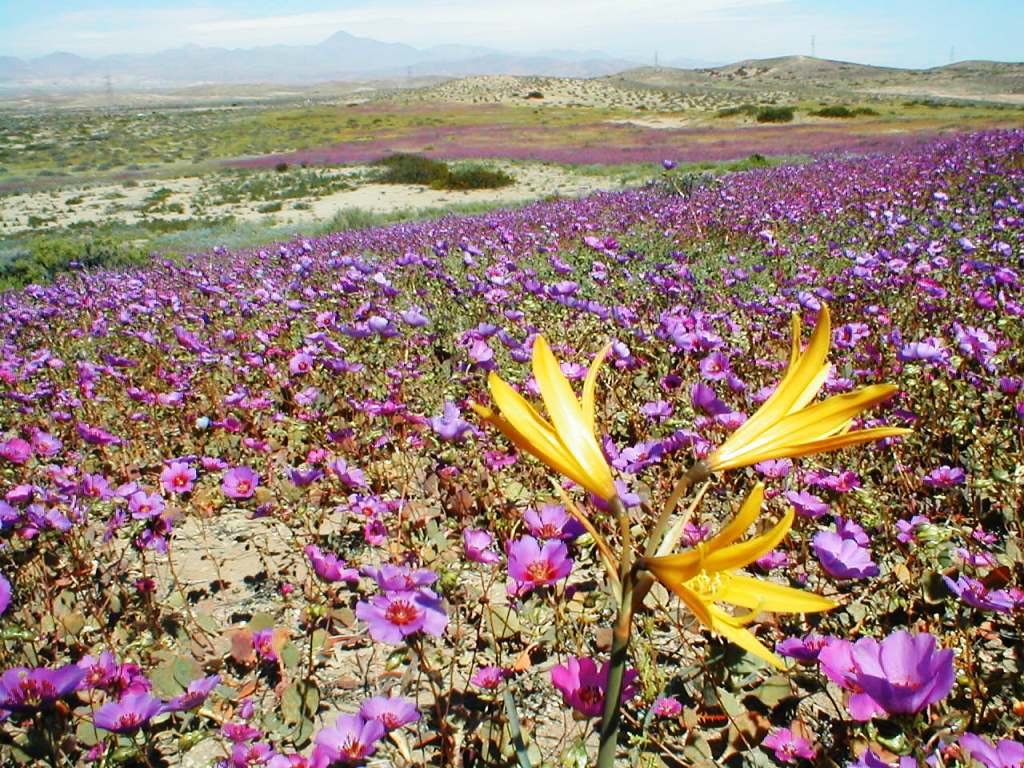
Image Credits: Wikipedia.org
Pororoca – Literally meaning ‘Great Roar’, Pororoca is a tidal bore that travels as far as 500 miles inland upstream on the Amazon River. It occurs when the tides of the Atlantic Ocean meet these roaring waves at the mouth of the Amazon River. These waves, that get as high as 4meters, are getting increasingly popular with surfers. The best time to witness this phenomenon is February and March.
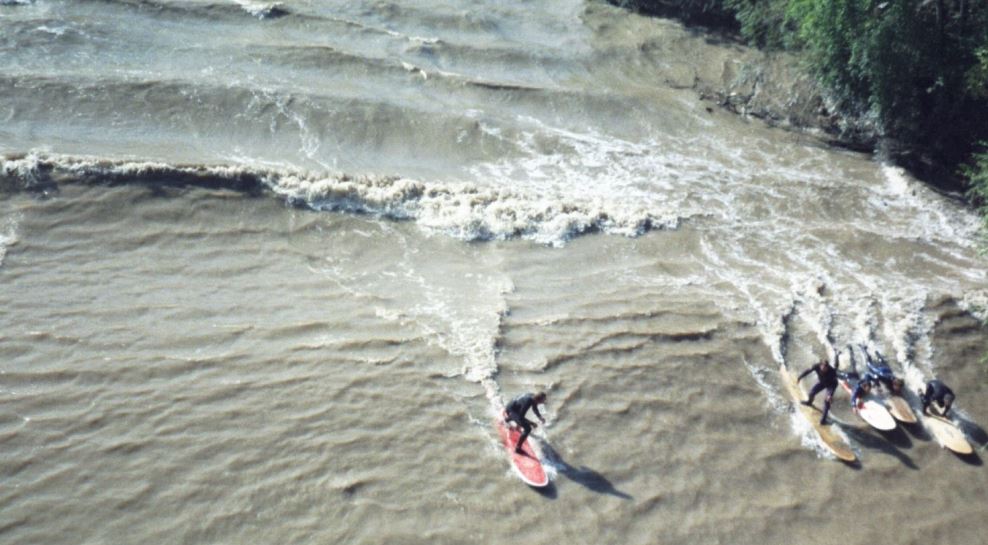
Image Credits: Wikipedia.org

